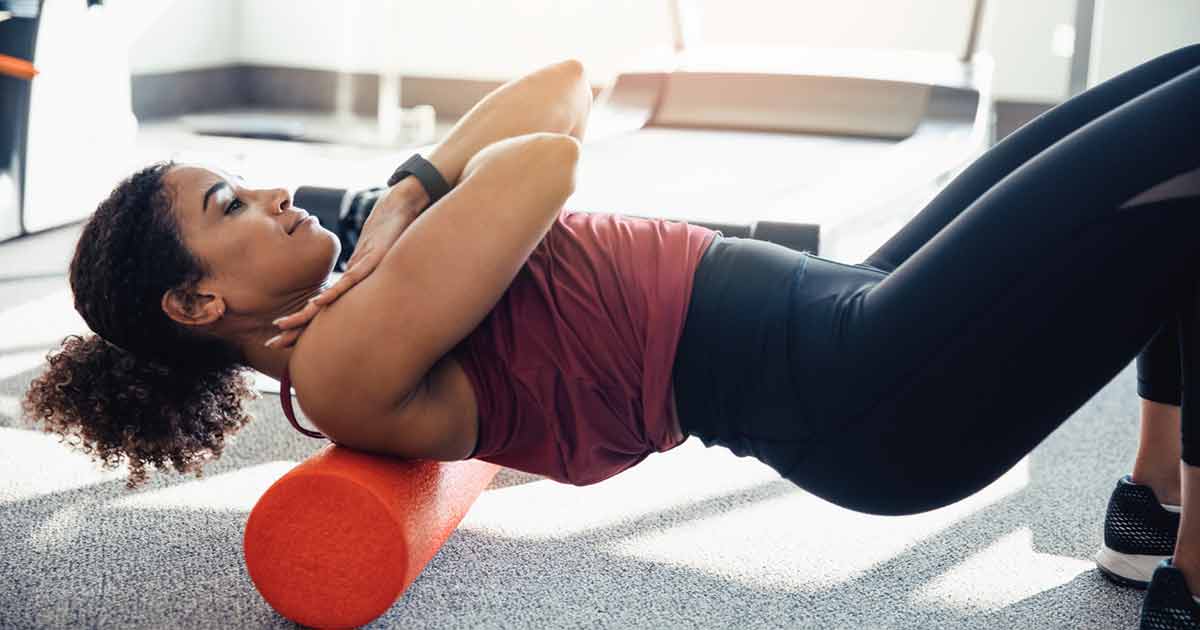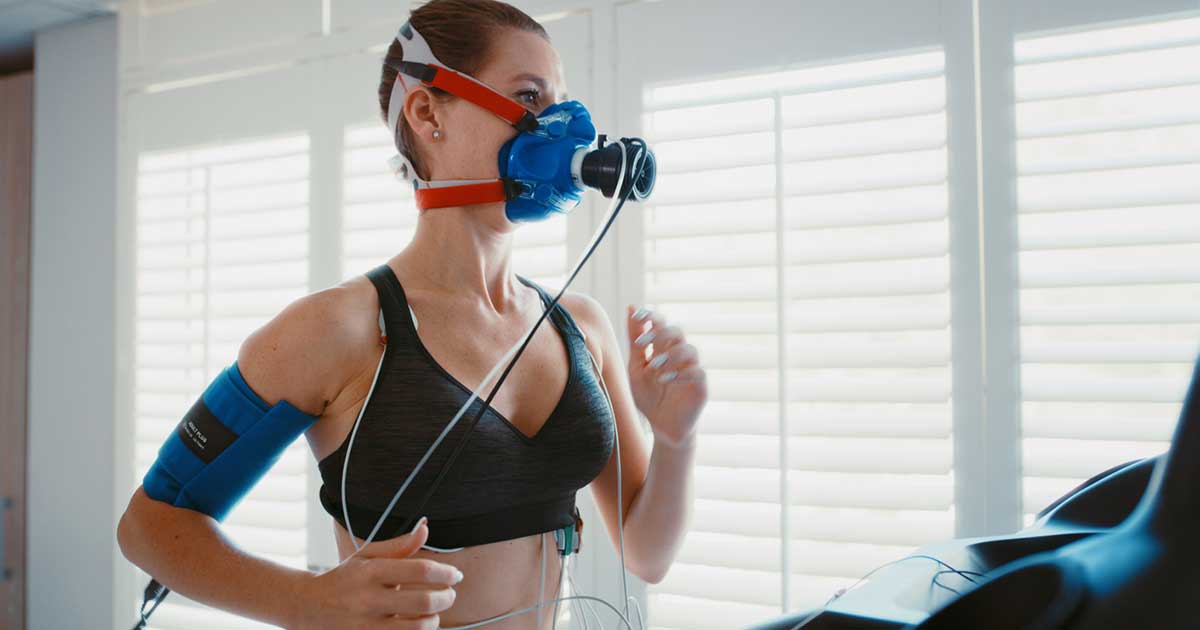
Advice to improve your movement, fitness, and overall health from the world's #1 in orthopedics.
Foam Roller Exercises for the Whole Body
Whether you’re a runner or just sore from sitting too much, a foam roller can release the tension.
Advice to improve your movement, fitness, and overall health from the world's #1 in orthopedics.
Ever wish you could have your own personal massage therapist? What if we told you there’s a tool you can use all by yourself that targets tired muscles and soothes soreness? “A foam roller can help you work out the knots throughout your body in much the same way as a human can,” says Kate Baird, MA, ACSM-CEP, CSCS, an exercise physiologist on the Sports Rehabilitation and Performance team at HSS. Plus it’s portable, affordable, and you don’t have to leave a tip.

What Is Foam Rolling?
Foam rolling is a type of self-myofascial release therapy. If you’re unfamiliar with this tongue-twisting term, “myo” means muscle, and “fascia” is a type of connective tissue that covers and supports every level of muscle tissue throughout the body.
Often after a run, an injury, or even a long day sitting hunched over a laptop, small patches of the fascia contract and spasm, thickening and toughening the tissues. This makes them feel knotted and can sometimes lessen the blood supply to the muscle, aggravating the area even more. Myofascial release therapy locates the knots (also called trigger points) in the fascial tissues, then gently massages the area until the tension releases. With a foam roller—a lightweight, cylindrical tube made of foam-like material—you can alleviate these trigger points and release the soft tissue, myofascial adhesions and fascial restrictions without the help of anyone else.
Choose the Right Foam Roller
There are several types of foam rollers, and you can’t go wrong with any one of them, says Baird. “I suggest beginners choose a foam roller that’s on the softer side, with a smooth texture so the pressure will be less intense,” she adds. Longer rollers are also probably best when you first start out, because they’re more stable than shorter rollers and can span your entire back. Down the road, as you get more experience with the device, you may want to get a harder roller and/or one with a textured exterior so you can work a little deeper.
A Few Exercises to Knead the Knots
Most people have a love-hate relationship with their foam rollers. “It’s one of those ‘hurts so good’ kind of things,” says Baird. Start slow and light and expect to feel some tenderness when you hit a knot. When that happens, hold the roller at the sensitive spot for a few extra seconds, and take a few deep breaths in and out to deliver oxygen to the adhesion.
You can do these exercises before a workout to prep your muscles or after training to help reduce muscle soreness and shorten recovery time. Just remember to keep the roller on the muscles and never roll over a bone or joint.
Calves
- Sit on the floor with your right leg straight in front of you and your left leg bent with your foot flat on the floor.
- Put the foam roller underneath the bottom of your right calf and place your hands behind you on the floor for support.
- Lift your hips so the weight of your right leg rests on the foam roller and roll the foam roller slowly up and down the calf.
- Tilt your foot to the left and right to make sure you roll the entire calf.
- Repeat with the left leg.
Hamstrings
- Sit on the floor with both legs straight out in front of you.
- Place the foam roller under your legs, right above your knees (toward your butt) and place your hands behind you on the floor for support.
- Lift your hips so your weight rests on the foam roller and roll back and forth over the roller, turning your feet left and right slowly to make sure you get the entire hamstring.
Quadriceps
- Lie face down and place the foam roller underneath your quadriceps right below your pelvic bones, with your elbows on the floor for support.
- Bracing yourself with your upper body and core strength, roll the foam roller from top to bottom.
- Shift the weight of your butt side to side as you roll to get the entire quad.
Upper back
- Lie on your back with your knees bent and place the foam roller across the bottom of your shoulders.
- Clasp your hands behind your head and place the weight of your upper back on the foam roller. Make sure your head and neck remain in a neutral position.
- Raise your hips and roll the foam roller to the bottom of your shoulders, then to your lower neck, and back.
When to Talk to Your Doctor
You never want to roll a broken bone or a torn muscle. If your pain interferes with your quality of life; if you feel any tingling, numbness, or weakness in any of your limbs; or if you get a sudden increase in pain or swelling, see a doctor.
Published 10/2/2024
About the Expert
John S. Blanco, MD


